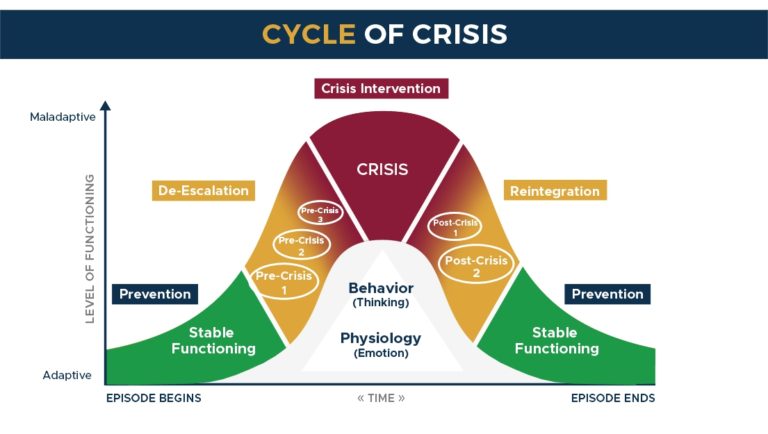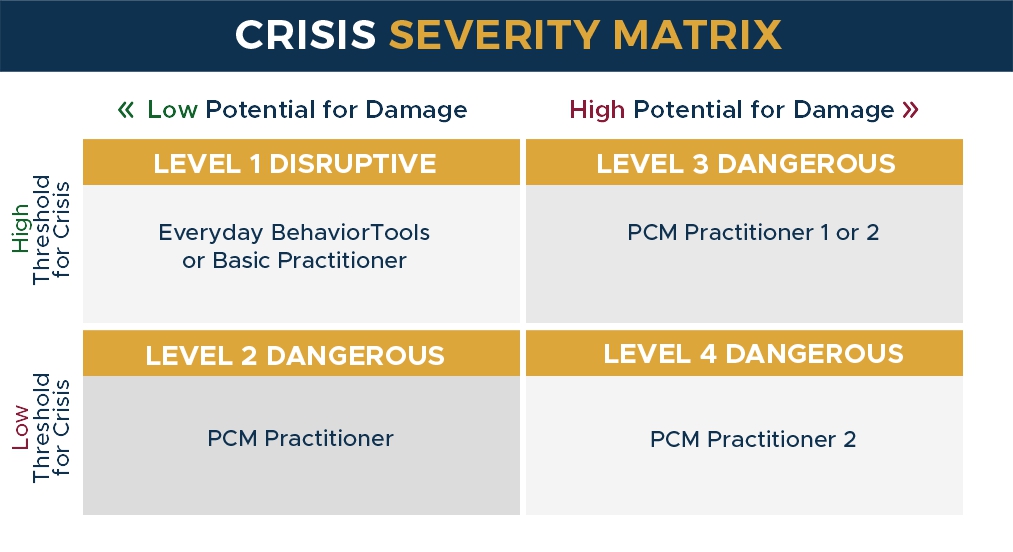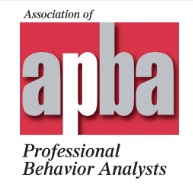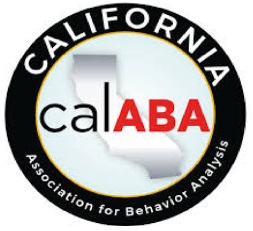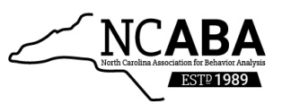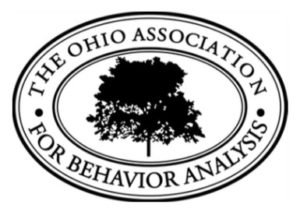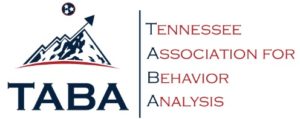What is PCM
When you are working with severe problem behavior, you need the world's most effective & humane Crisis Management System
Would you not agree that a professional crisis management system should drastically reduce the number of incidents, and when one occurs, the intervention can actually stop someone safely and your staff remains safe and be confident to intervene is an effective professional crisis management system?
Would you also agree that we want to preserve the dignity of the student and treat them as humanely as possible (that is, comfortable with no pain) even though they may be trying to harm themselves and/or others? .
This is exactly what the PCMA offers with PCM.
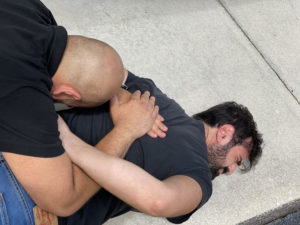
Do any of these problems look familiar?
PCM offers these solutions
Many staff find that their current systems don’t allow staff to safely contain larger, stronger individuals resulting in injuries to staff and others. Staff who feel that can’t control a student/client will tend to let the crisis continue until it stops naturally.
With PCM, most staff will be able to safely contain most individuals you serve using only least restrictive procedures (escorts), but for larger, stronger, more dangerous people staff will be able to use more restrictive yet safe procedures.
Far too often students/clients can get injured during interventions, suffering scrapes and bruises and perhaps worse. This causes great concern to all parties but especially parents and advocates.
It is impossible to guarantee no injuries at all to staff or clients whether staff intervene physically or do nothing at all. Injuries can happen in PCM as well, but they are very rare, very minor, and in most instances preventable. Part of our SPA (Staff, Parents, Administrators) coverage is explaining to parents that any student with severe behavior problems is at risk of injury until these problems are addressed. There is risk of injury with no intervention, with the wrong intervention and even with the right intervention, but the risk is always lowest with the right intervention.
Our crises sometimes go very long (over an hour) putting the individual at increased risk of injury and losing valuable educational/treatment time for possibly all individuals in the setting. These long duration crises cause us to have to pull staff from all over the facility to address the emergency.
No one can guarantee a short crisis every time, but PCM procedures were specifically designed to shorten the duration of a holds by giving feedback to the individual which in some cases can shorten the restraint to as little as 12 seconds.
Crises happen too often at our facility. Either multiple times per day for the same individual, or multiple times per day for each residential unit or classroom.
Most crises can be prevented by PCM certified staff using a combination of simple yet powerful prevention tools, and de-escalation tools for individuals who are headed towards a crisis. At first staff may need to use frequent de-escalation tools until their prevention systems are in place.
Sometimes students end up on the dirty floor or in the dirt or in unnatural positions which can be undignified and/or humiliating. This might result in lower self-esteem for students and fuel future episodes.
The PCM practitioner protects the individual dignity by ensuring that they are never placed on the floor or in an awkward unnatural position. PCM breaks the cycle of lowered self-esteem leading to future episodes.
Procedures that are highly coercive (unnecessarily forceful and painful) and may be confused for police tactics, may destroy relationships and cause retaliation and block therapeutic/educational progress
All PCM procedures are painless and use natural body positioning, therefore reducing any unnecessary coercion, breaking the cycle of crisis and retaliation. Because these procedures are as comfortable as possible students/clients no longer see teachers/staff as “the enemy
Often times staff aren’t quite certain how to proceed at the end of a crisis. For example, sometimes individuals are asked to resume previous activities that they aren’t ready for. This can result in the individual’s going right back into crisis.
PCM teaches your staff how to recognize when an individual is ready to go back to their normal routine, and also teaches your staff the right steps to take to get the individual productive again.
